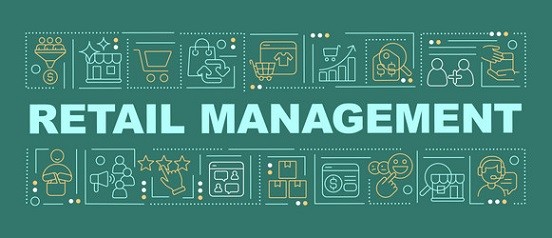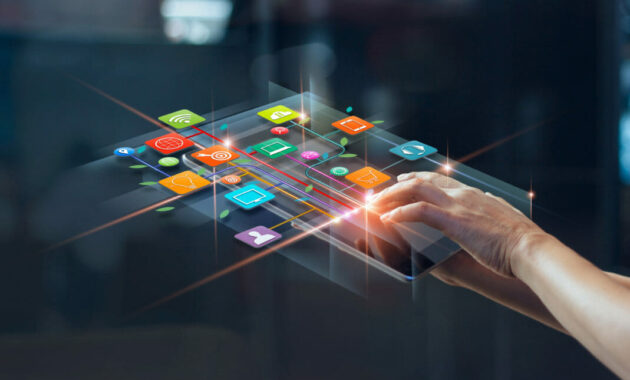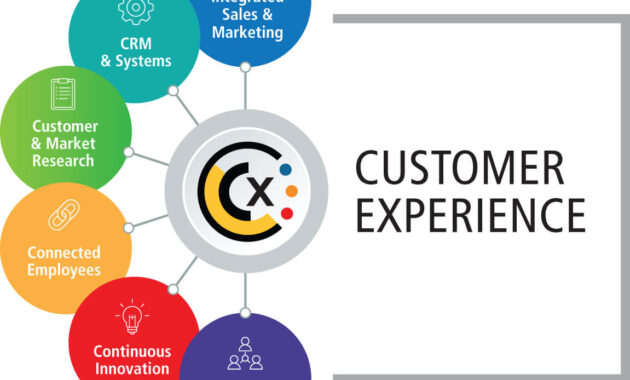The retail industry has experienced a massive transformation in recent years, thanks to rapid advancements in technology. What was once a traditional, customer-facing industry is now a dynamic and data-driven environment powered by artificial intelligence, cloud computing, IoT, and automation. For retailers, adapting to this new digital era is no longer optional — it’s essential for survival and growth.
In this article, we’ll explore how technology is reshaping retail management, from inventory control to customer engagement, and highlight the tools and strategies retailers must embrace to stay ahead.
The Evolution of Retail Management

Traditional Retail vs. Modern Retail
In the past, retail management relied heavily on manual processes, face-to-face interactions, and physical store operations. Modern retail, however, integrates digital platforms, real-time data, and automation, offering more personalized and efficient customer experiences.
The Shift Toward Omnichannel Retailing
Omnichannel retailing — integrating online and offline experiences — has become the standard. Whether a customer shops via website, mobile app, or in-store, the journey should be seamless. Technology plays a crucial role in making that happen.
Technologies Driving Retail Transformation

Artificial Intelligence (AI) and Machine Learning (ML)
AI and ML are revolutionizing decision-making in retail:
- Personalized Recommendations: Algorithms suggest products based on browsing history and behavior.
- Dynamic Pricing: Retailers can adjust prices in real-time based on demand and competition.
- Inventory Forecasting: AI helps predict which products will sell and when, reducing waste and overstocking.
Internet of Things (IoT)
IoT connects devices and systems to gather and share data:
- Smart Shelves: Alert staff when stock is low or misplaced.
- RFID Tags: Track inventory movement in real time.
- In-Store Sensors: Monitor foot traffic and customer behavior to optimize layout.
Cloud Computing
Cloud-based solutions provide flexibility and scalability:
- Centralized Data: Real-time access to sales, inventory, and customer data across locations.
- Remote Management: Store managers can monitor operations from any device.
- Lower Costs: Reduces the need for on-site servers and maintenance.
Point of Sale (POS) Systems
Modern POS systems do more than process payments:
- Integrated CRM: Stores customer purchase history and preferences.
- Real-Time Analytics: Tracks sales trends and inventory in one dashboard.
- Mobile POS: Allows sales staff to assist customers anywhere in the store.
Augmented Reality (AR) and Virtual Reality (VR)
AR and VR are enhancing the shopping experience:
- Virtual Try-Ons: Let customers try clothes, glasses, or makeup digitally.
- Immersive Store Experiences: VR stores or product tours attract tech-savvy shoppers.
Robotics and Automation
Automation reduces operational costs and human error:
- Warehouse Robots: Speed up packing and shipping.
- Self-Checkout Kiosks: Streamline in-store purchases.
- Automated Inventory Management: Keep stock levels accurate and up to date.
Impact of Technology on Key Retail Functions
Inventory Management
Technology has made inventory management more precise and efficient:
- Real-Time Tracking: Use of RFID and barcode systems ensures up-to-date stock data.
- Demand Forecasting: AI-powered systems anticipate consumer demand, improving stock planning.
- Automated Reordering: Systems trigger reorders when inventory drops below a set threshold.
Customer Relationship Management (CRM)
Retailers are now better equipped to understand and engage with their customers:
- Data Collection: Every transaction provides insights into consumer behavior.
- Personalization: Targeted emails, ads, and offers based on buying patterns.
- Loyalty Programs: Digital systems track and reward loyal customers automatically.
Sales and Marketing
Digital technology allows retailers to reach customers more effectively:
- E-commerce Platforms: Shopify, WooCommerce, and others power online sales.
- Digital Advertising: Google Ads, Facebook Ads, and influencer marketing increase visibility.
- Email Automation: Schedule and personalize promotional campaigns.
Workforce Management
Managing employees is easier and more efficient with tech:
- Scheduling Software: Apps like Deputy or When I Work automate employee shifts.
- Payroll Integration: HR tools streamline payroll and benefits management.
- Training Platforms: Online modules keep staff updated on product knowledge and procedures.
Enhancing the Customer Experience

Seamless Checkout Options
Technology enables faster, easier transactions:
- Contactless Payments: Apple Pay, Google Pay, and tap-to-pay cards speed up checkout.
- Mobile Wallets: Keep customer loyalty cards and coupons in one app.
- Buy Online, Pick Up In Store (BOPIS): Offers convenience and flexibility.
Personalized Shopping
AI tools can analyze a customer’s shopping behavior to offer:
- Custom Discounts
- Product Recommendations
- Tailored Email Content
24/7 Customer Support
Chatbots and AI-driven support tools offer round-the-clock assistance:
- Automated FAQs
- Order Tracking
- Live Chat Transfers to Agents
Case Studies of Tech-Driven Retail Success
Amazon Go
Amazon’s cashier-less stores use computer vision, AI, and IoT to track what customers take from shelves and automatically charge them upon exit — a revolutionary step in retail management.
Zara
Zara uses RFID tags to track inventory and speed up stock replenishment, ensuring popular items are always available in-store or online.
Nike
Nike uses augmented reality to help customers find their correct shoe size through its app, reducing returns and increasing satisfaction.
Challenges in Adopting Technology in Retail
High Initial Costs
While long-term savings are significant, implementing tech solutions like AI or robotics requires a sizable upfront investment.
Data Security Concerns
With increased data comes the need for better protection. Retailers must:
- Comply with privacy laws like GDPR
- Invest in cybersecurity tools
- Regularly update software systems
Training and Adoption
Staff may resist or struggle to adapt to new tools. Continuous training and change management strategies are essential.
Future Trends in Retail Technology

Voice Commerce
Smart assistants like Alexa and Google Assistant will soon become shopping tools, making voice-based ordering more common.
Blockchain in Retail
Blockchain can help with supply chain transparency and authenticating high-value goods like luxury fashion or electronics.
AI-Driven Personal Shopping Assistants
AI bots may eventually serve as personal stylists, helping customers make decisions and even complete purchases for them.
Also Read : The Ultimate Guide To E-commerce Solutions For Startups
Conclusion
Technology is no longer just a support system in retail — it’s the backbone of modern retail management. From improving inventory accuracy and streamlining employee tasks to delivering personalized customer experiences, technological tools have revolutionized how retailers operate. Embracing these innovations is not just about staying competitive; it’s about delivering value to your customers in an efficient, intelligent, and engaging way. As the retail landscape continues to evolve, businesses that adapt and invest in technology will be the ones that thrive.
FAQs
What is retail management technology?
Retail management technology refers to digital tools and systems used to optimize and automate various aspects of retail operations, including inventory, customer relations, sales, marketing, and workforce management.
How does technology improve customer experience in retail?
Technology improves the customer experience through personalized recommendations, faster checkouts, virtual try-ons, and 24/7 support via chatbots and automated systems.
Is investing in retail technology expensive?
While there can be high initial costs, many technologies offer long-term savings and increased revenue through efficiency and customer satisfaction.
Can small retail businesses benefit from technology?
Absolutely. Cloud-based POS systems, inventory management tools, and social media marketing platforms are all affordable and scalable for small retailers.
What are the top tech tools for retail management?
Some of the most popular include Shopify, Square POS, Salesforce CRM, Deputy (for scheduling), and Mailchimp (for email marketing).




